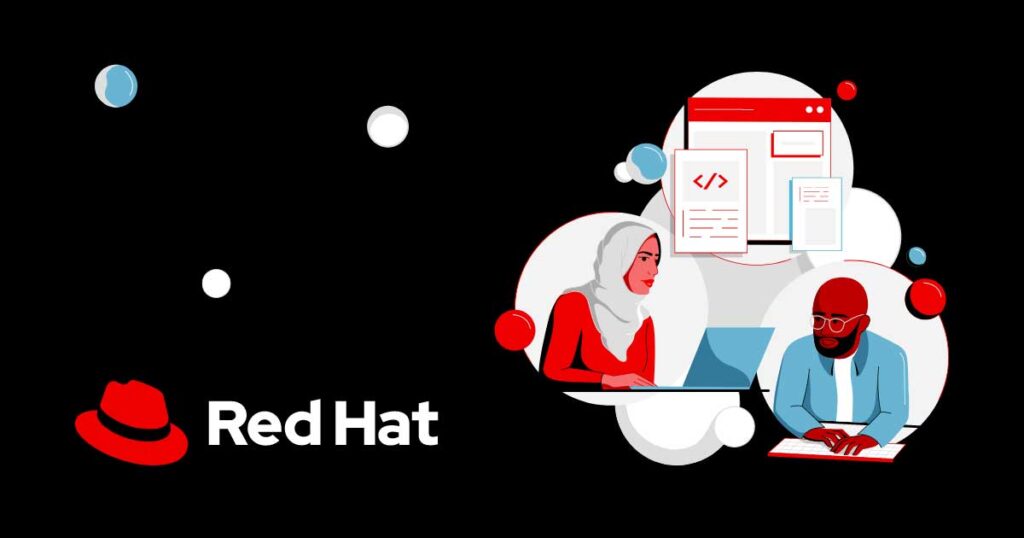What do the top OpenStack operators know that others don’t? In today’s hybrid cloud environments, you’re not just keeping the lights on, you need complete visibility across both virtualized and containerized workloads. The most successful operators have discovered that traditional monitoring tools are no longer sufficient for modern OpenStack deployments.
Think about your current environment. Can you see what’s happening with your core services running outside OpenStack, like MySQL or RabbitMQ? Do you have a unified view of both your virtual machine (VM) and container metrics? For most organizations, the answer is no, and that’s a critical gap in their operations.
The landscape of OpenStack operations has fundamentally changed. Today’s environments are increasingly complex, mixing traditional virtualized workloads with containerized applications. This hybrid reality creates unique challenges that basic monitoring tools simply weren’t designed to handle.
What sets top performers apart
The secret that top performers share is that they’ve moved beyond basic monitoring to integrated observability. This isn’t just another buzzword, it’s a fundamental shift in how OpenStack environments are run. The key difference in Red Hat’s approach? Observability is built into the platform from day one, not bolted on as an afterthought. This is part of the magic of Red Hat OpenStack Services on OpenShift .
Consider these critical components in Red Hat OpenStack Services on OpenShift that make integrated observability transformative:
A fully supported Prometheus stack through the Cluster Observability operator, providing comprehensive metrics collectionUnified visibility through a single console, eliminating the need to jump between different toolsCentralized log management for both VMs and the control planeReal-time insights into infrastructure metrics (RAM, CPU, disk usage) across your entire environment
The impact? Organizations using integrated observability report:
Faster troubleshooting and reduced mean time to resolutionStreamlined performance optimizationSmoother transition to containerized workloadsSignificant cost savings from consolidating multiple monitoring tools
Perhaps most importantly, integrated observability eliminates the traditional divide between virtualized and containerized workloads. Your teams no longer need to master multiple tools or piece together insights from different systems. Everything they need is available in a single, unified view.
The path forward is clear. Integrated observability isn’t just an option. It’s a necessity for managing OpenStack at scale. As environments become more complex and hybrid deployments become the norm, the ability to maintain comprehensive visibility separates successful operations from those struggling to keep up.
Take the next step
Ready to explore observability at the edge? Visit the redhat.com/observability and documentation pages to learn more, and get started with the latest observability tools in OpenShift.
The Red Hat’s Developers Observability page also contains information to help you learn about and implement observability capabilities.
We value your feedback! Share your thoughts and suggestions using the Red Hat OpenShift feedback form.
Try Red Hat OpenShift

